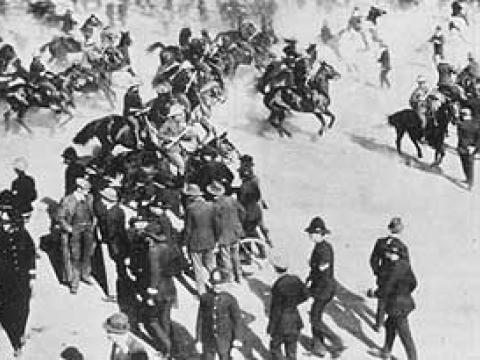This essay, which first appeared in the South African Labour Bulletin, sought to draw the lessons of the spectacular rise and fall of the Industrial and Commercial Workers Union of Africa (ICU) in South Africa, which in the 1920s was the biggest black protest movement in the country.

Formed in 1919, merged soon afterwards with the syndicalist Industrial Workers of Africa, the ICU was influenced by syndicalism, Garveyism, liberalism and other currents. It was, in the 1920s, the single largest black protest movement in the country – reaching an estimated 100,000 members by 1927. It also spread into neighbouring colonies. Yet by 1931 the ICU – in South Africa, that is – was a shell of its former self. Bonner argued that the ICU failed because it lacked a clear strategy, a focus on shopfloor organising, and loose structures more generally – mindful of the ICU, the new generation of unionists in the 1970s and 1980s (Bonner among them) sought to build unions that avoided these pitfalls. Elements of their strategy would later be known as “workerism.”
From: Eddie Webster (editor), Essays in Southern African Labour History, Ravan Press. Published 1978
Taken from the Southern African Anarchist & Syndicalist History Archive.






Comments